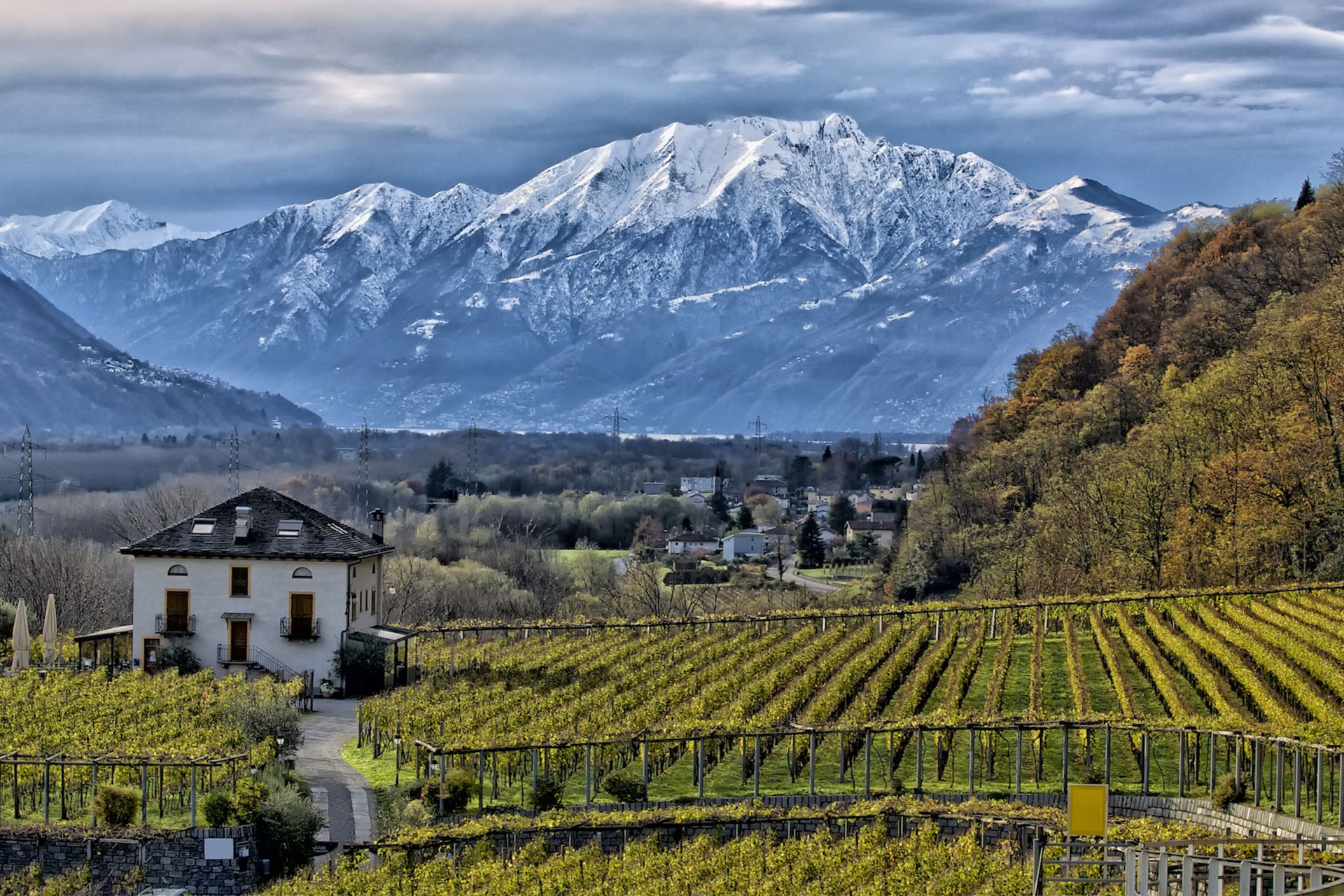Swiss Vineyards, white gold amid the mountains

When people think of Switzerland, its best known features are its chocolate, skiing, private banking and watches. What is not quite so usual, however, is to associate it with wine production.
The reason that Swiss wine is not sufficiently well-known abroad has nothing to do with quality or quantity, but is because it is produced largely for domestic consumption. Only 2% of the annual wine production is for export and this goes largely to Germany. Hence, to enjoy this country’s wines, you must do a tour of Switzerland and its most important vineyards.
Despite being a small country with approximately 7.5 million inhabitants, over 240 types of grape are grown in Switzerland, including no less than 40 varieties that are found practically nowhere else in the world. Old techniques are being recovered, moreover, that are producing increasingly more refined and sophisticated wines.
The tradition of wine in Switzerland
The Helvetic Confederation comprises 26 cantons and 4 language areas (German, French, Italian and Romansch) creating a cultural richness that is reflected in its widely varying traditions and gastronomies.
The Swiss have taken extraordinary care of their agricultural heritage, which means that not only have they conserved its tradition, dating back to Roman times, but they have also preserved some of the prettiest vineyards in the world, the large majority of which are in the French-speaking west of the country.
Despite the harsh weather conditions in this mountainous country which is often too high for vines to grow, they are to be found in all the cantons. Vines are often grown on steep terraces where mechanisation is impossible and this is unprofitable, despite the high price wine commands due to having been protected for very many years from foreign competition.
The wine-making culture in Switzerland is, however, beginning to catch the eye of other markets. The reason for this is the work that Swiss wine-makers have been undertaking over the last 30 years to recover grape varieties that had been discarded for production purposes and were in danger of dying out.
In addition to the growing trend in product quality, the country also has two eminent international ambassadors: Paolo Basso, named the World’s Best Sommelier in 2013, and Dr. José Vouillamoz, renowned Swiss wine classifier and co-writer with Jancis Robinson of the book entitled 'Wine grapes'.
Six regions, six identities
Each region’s identity is defined by its landscape, its geology and its specific climate.Vineyards in Switzerland occupy a total of 15,000 ha. and this area is split into six regions: The Valais area, which is in the heart of the Alps; Vaud which is essentially on the banks of Lake Geneva; the Swiss-German region which is made up of many fragmented areas; the Geneva region, which includes the Jura and Alps areas; the Ticino area, on the south side of the Alps and to the north of Italy; and the three-lakes region in the foothills of the Jura region.















